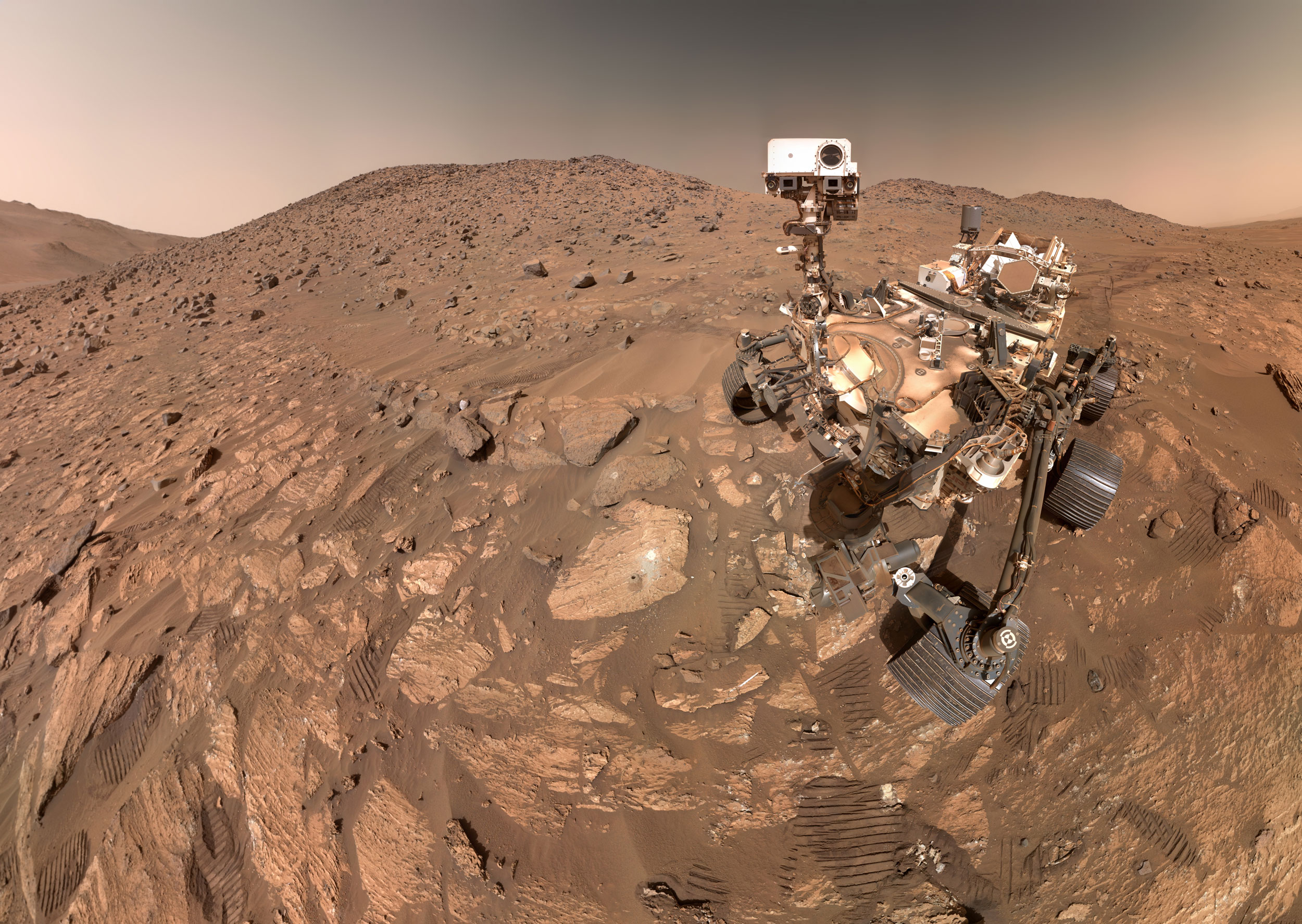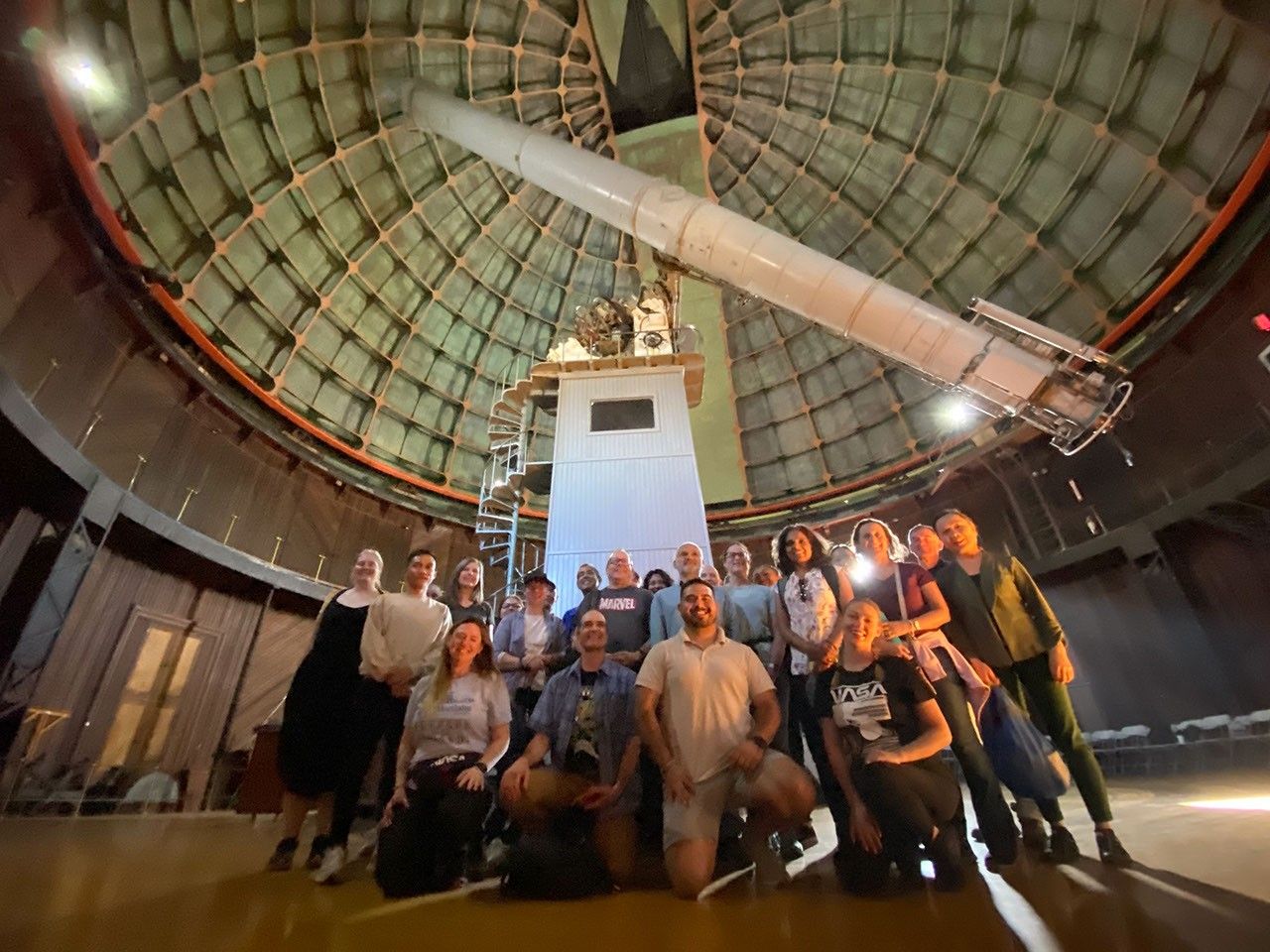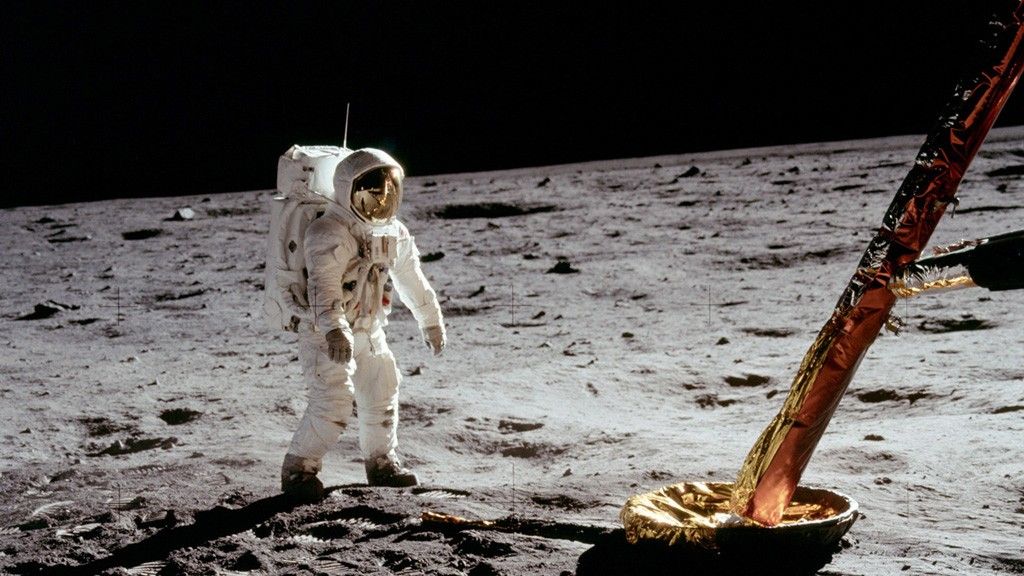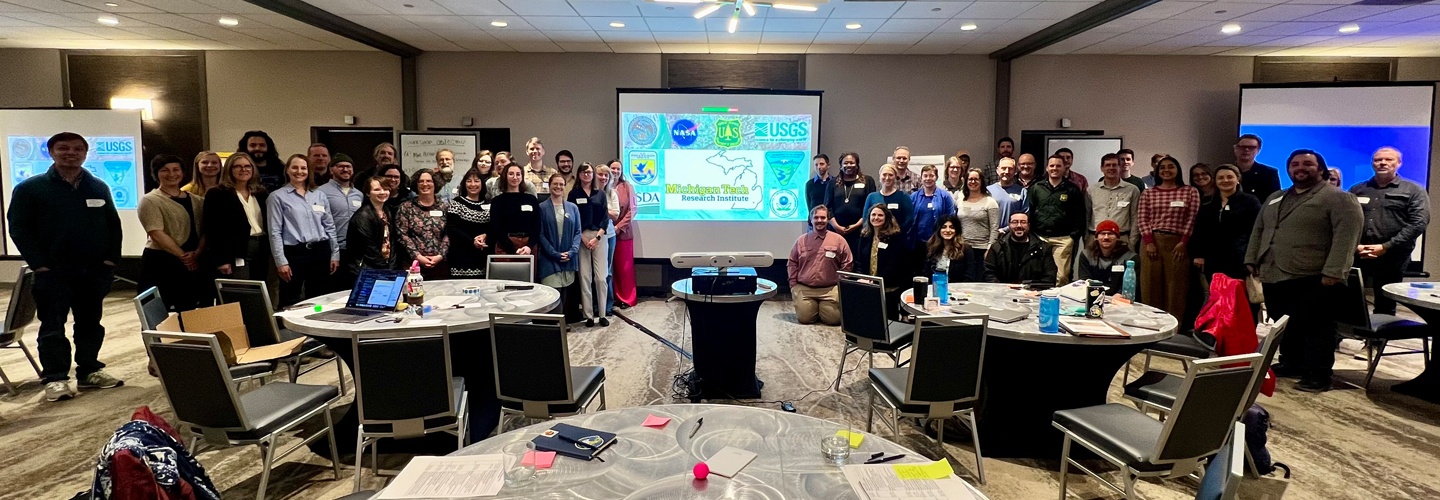WASHINGTON – NASA has selected 11 science proposals for evaluation as potential future science missions. The proposals outline prospective missions to study the Earth’s atmosphere, the sun, the Milky Way galaxy, and Earth-like planets around nearby stars.
The selections were made from responses to Announcements of Opportunity for Explorer Missions and Explorer Missions of Opportunity released by the agency last November. The proposals were judged to have the best science value and feasible development plans.
“NASA continues to seek opportunities to push the cutting edge of science,” said Paul Hertz, chief scientist for NASA’s Science Mission Directorate, Washington. “Innovative proposals like these will help us better understand our solar system and the universe.”
Five Explorer Mission proposals were selected from 22 submitted in February. Each team will receive $1 million to conduct an 11-month mission concept study. Mission costs are capped at $200 million each, excluding the launch vehicle. In addition, one Explorer Mission proposal was selected for technology development and will receive $600,000. Five Mission of Opportunity proposals were selected from 20 submissions. Each will receive $250,000 to conduct an 11-month implementation concept study. Mission costs are capped at $55 million each.
Following the detailed mission concept studies, NASA plans to select up to two of the Explorer Mission proposals and one or more of the five Mission of Opportunity proposals in February 2013. The missions would then proceed toward flight and some could launch by 2016.
The selected Explorer Mission proposals are:
-Ionospheric Connection Explorer (ICON) Thomas Immel, Principal Investigator (PI), University of California, Berkeley – The mission would fly instruments to understand the extreme variability in our Earth’s ionosphere, which can interfere with communications and geopositioning signals.
-Fast INfrared Exoplanet Spectroscopy Survey Explorer (FINESSE) Mark Swain, PI, Jet Propulsion Laboratory, Pasadena, California – This proposal would use a space telescope to survey more than 200 planets around other stars. This would be the first mission dedicated to finding out what comprises exoplanet atmospheres, what conditions or processes are responsible for their composition, and how our solar system fits into the larger family of planets.
-Observatory for Heteroscale Magnetosphere-Ionosphere Coupling (OHMIC) James Burch, PI, Southwest Research Institute, San Antonio, Texas – The mission would use a pair of spacecraft flying in formation to study the processes that provide energy to power space weather storms. These storms create auroras and other electromagnetic activity that can impact orbiting spacecraft operations.
-Transiting Exoplanet Survey Satellite (TESS) George Ricker, PI, Massachusetts Institute of Technology, Cambridge, Mass. – Using an array of telescopes, TESS would perform an all-sky survey to discover transiting exoplanets, ranging from Earth-sized to gas giants, in orbit around the nearest and brightest stars in the sky. The mission’s primary goal would be to identify terrestrial planets in the habitable zones of nearby stars.
-Atmosphere-Space Transition Region Explorer (ASTRE) Robert Pfaff Jr., PI, NASA’s Goddard Space Flight Center, Greenbelt, Md. – The mission would study the interaction between the Earth’s atmosphere and the ionized gases of space. By flying excursions deep into the Earth’s upper atmosphere, its measurements would improve satellite drag models and show how space-induced currents in electric power grids originate and evolve with time.
The selected Explorer Mission of Opportunity proposals are:
-Global-scale Observations of the Limb and Disk (GOLD) Richard Eastes, PI, University of Central Florida, Orlando – This would involve an imaging instrument that would fly on a commercial communications satellite in geostationary orbit to image the Earth’s thermosphere and ionosphere.
-Neutron star Interior Composition ExploreR (NICER) Keith Gendreau, PI, Goddard – This mission would place an X ray timing instrument on the International Space Station (ISS) to explore the exotic states of matter within neutron stars and reveal their interior and surface compositions.
-Coronal Physics Investigator (CPI) John Kohl, PI, Smithsonian Astrophysical Observatory, Cambridge, Mass. – A solar telescope would be mounted on the ISS to investigate the processes that produce the sun’s fast and slow solar wind.
-Gal/Xgal U/LDB Spectroscopic/Stratospheric THz Observatory (GUSSTO) Christopher Walker, PI, University of Arizona, Tucson – This mission would launch a high altitude balloon with a one-meter telescope to provide a comprehensive understanding of the inner workings of our Milky Way galaxy and one of our galaxy’s companion galaxies, the Large Magellanic Cloud.
-Ion Mass Spectrum Analyzer for SCOPE (IMSA), Lynn Kistler PI, University of New Hampshire, Durham – This partner mission of opportunity would provide a composition instrument to the Japanese cross-Scale Coupling in the Plasma universE (SCOPE) mission. SCOPE will study fundamental space plasma processes including particle acceleration, magnetic reconnection, and plasma turbulence.
The proposal selected for technology development funding is:
-The Exoplanetary Circumstellar Environments and Disk Explorer (EXCEDE), Glenn Schneider, PI, University of Arizona, Tucson – The technology development effort will enable studies of the formation, evolution, and architectures of exoplanetary systems through direct imaging.
The Explorer program is the oldest continuous program at NASA. It is designed to provide frequent, low-cost access to space using PI-led space science investigations relevant to the agency’s astrophysics and heliophysics programs. Initiated with the Explorer 1 launch in 1958 that discovered the Earth’s radiation belts and including the Cosmic Background Explorer mission that led to Nobel prizes for their investigators, the Explorer program has launched more than 90 missions. It is managed by Goddard for NASA’s Science Mission Directorate in Washington.
For more information about the Explorer program, visit:
http://explorers.gsfc.nasa.gov
– end –
text-only version of this release
NASA press releases and other information are available automatically by sending a blank e-mail message to hqnews-subscribe@mediaservices.nasa.gov. To unsubscribe from this mailing list, send a blank e-mail message to hqnews-unsubscribe@mediaservices.nasa.gov.
Back to NASA Newsroom | Back to NASA Homepage
Dwayne Brown
Headquarters, Washington
202-358-1726
dwayne.c.brown@nasa.gov



























